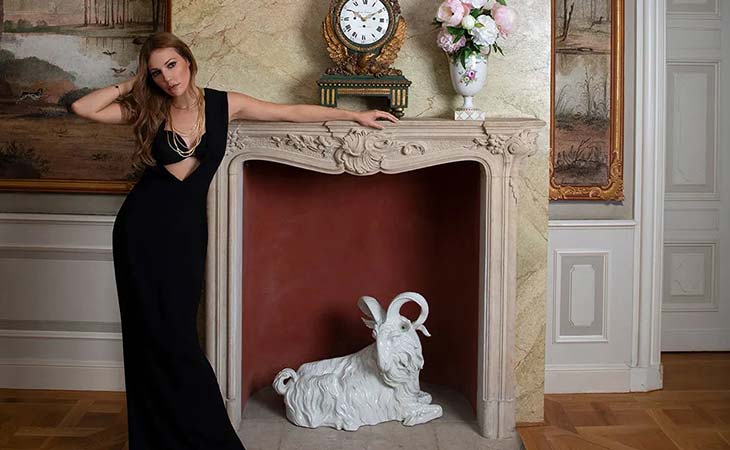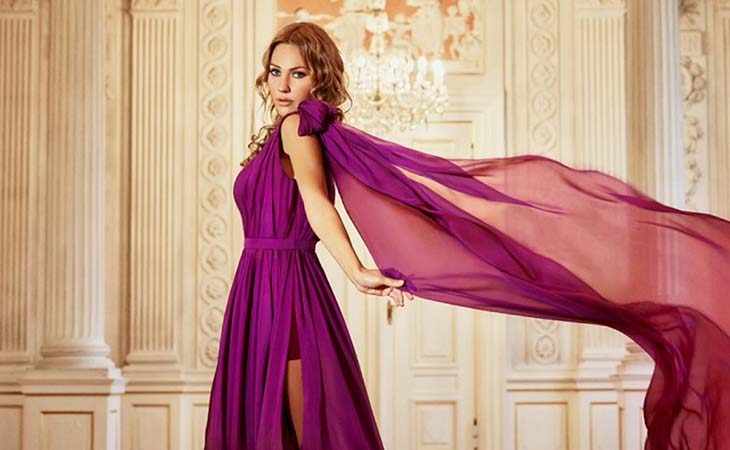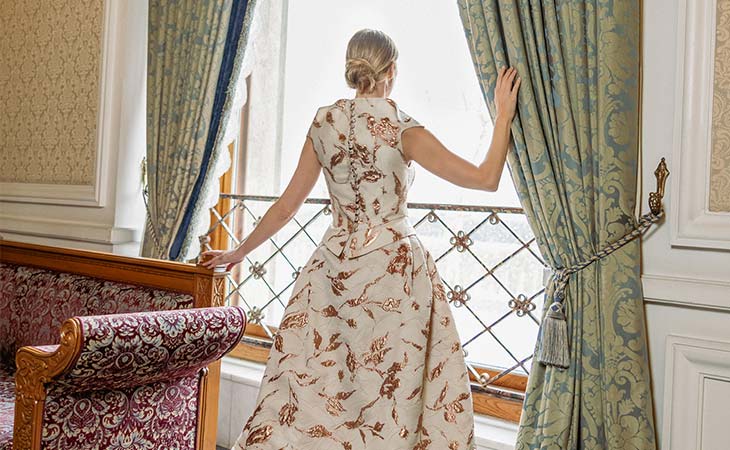The runway is more than just a stage where models showcase clothing—it’s the heartbeat of the fashion industry. From high-profile events like Paris Fashion Week to avant-garde presentations by emerging designers, the runway serves as a platform for creativity, innovation, and cultural influence. Over the decades, runway shows have evolved into extravagant productions, blending fashion with art, music, and technology to captivate global audiences.
In this article, we’ll explore the significance of the runway in fashion, its evolution, and its impact on trends worldwide. Whether you’re a fashion enthusiast, a designer, or someone curious about the inner workings of the industry, this guide will provide valuable insights into the world of runway fashion.
- The Evolution of the Runway in Fashion
- The Role of Runway Shows in the Fashion Industry
- Behind the Scenes: How a Runway Show Comes to Life
- The Impact of Runway Fashion on Global Trends
- Runway vs. Ready-to-Wear: Understanding the Difference
- The Most Iconic Runway Shows in Fashion History
- The Influence of Technology on Modern Runway Shows
- Sustainable Fashion on the Runway: A Growing Trend
- Conclusion
- Frequently Asked Questions
The Evolution of the Runway in Fashion
The concept of a runway show dates back to the early 20th century when designers began hosting exclusive presentations for their clients. Before that, fashion was primarily displayed on mannequins or through sketches. The modern runway emerged as a powerful tool for designers to showcase their collections in motion, allowing garments to be seen from multiple angles.
Key milestones in runway history include:
- 1900s: The first recorded fashion shows took place in Parisian salons.
- 1950s-60s: Designers like Christian Dior revolutionized fashion presentations with dramatic runway productions.
- 1980s-90s: Supermodels like Naomi Campbell and Cindy Crawford brought star power to the runway.
- 2000s-Present: Digital technology, live streaming, and social media have transformed runway shows into global spectacles.
The Role of Runway Shows in the Fashion Industry
Runway shows are more than just glamorous events; they serve multiple purposes in the fashion industry:
- Trendsetting and Innovation
Designers use the runway to introduce new styles, fabrics, and silhouettes. These collections influence retail fashion and street style trends.
- Brand Identity and Marketing
Runway shows help fashion houses establish their brand identity. Whether it’s the minimalist elegance of Calvin Klein or the theatrical extravagance of Alexander McQueen, runway presentations convey a brand’s aesthetic.
- Media and Public Relations
Fashion editors, influencers, and buyers attend runway shows to determine which styles will dominate the next season. Media coverage from these events plays a significant role in shaping consumer demand.
Shine Bright at Night: Designing Evening Dresses with the Color of the Year 2025
Behind the Scenes: How a Runway Show Comes to Life
Producing a runway show requires months of preparation. From concept to execution, every detail matters.
- Concept Development
Designers start with a vision for their collection, drawing inspiration from art, history, or social movements.
- Casting Models
The choice of models plays a crucial role in representing the collection’s essence. Some designers prefer established supermodels, while others opt for fresh faces.
- Set Design and Production
Runway shows often feature elaborate staging, lighting, and music to enhance the audience’s experience.
- Styling and Final Fittings
Stylists and designers ensure that every look is perfectly tailored before it hits the runway.
- The Show Day
With a mix of excitement and nerves, the final moments before a show involve last-minute adjustments and media preparations.
The Impact of Runway Fashion on Global Trends
Fashion trends often originate on the runway before making their way into mainstream retail stores. Trends such as oversized blazers, neon colors, and sustainable fashion started as high-fashion runway statements before becoming everyday styles.
Social media platforms like Instagram and TikTok have accelerated trend adoption, allowing consumers to engage with runway fashion in real-time.
Comprehensive Women’s Fashion and Style Guide
Runway vs. Ready-to-Wear: Understanding the Difference
While runway collections showcase a designer’s creative vision, they differ from ready-to-wear (RTW) fashion.
| Feature | Runway Fashion | Ready-to-Wear (RTW) |
| Purpose | Creative expression | Commercial retail |
| Availability | Limited or custom orders | Mass-produced |
| Wearability | Often avant-garde | Practical for daily wear |
| Pricing | High-end luxury | More affordable |
Both categories play a crucial role in the fashion ecosystem, with runway trends often inspiring RTW collections.
The Most Iconic Runway Shows in Fashion History
Some runway shows have left a lasting impact on the industry. Notable examples include:
- Alexander McQueen’s 1999 show, where a model was spray-painted live on stage.
- Chanel’s Supermarket Runway (2014), which transformed the runway into a luxury grocery store.
- Versace’s 2018 Tribute Show, where supermodels from the ’90s reunited to honor Gianni Versace.
These iconic moments showcase the runway’s ability to merge fashion with storytelling.
The Influence of Technology on Modern Runway Shows
Technology has revolutionized runway presentations in multiple ways:
- Virtual Runway Shows: Designers like Balenciaga and Gucci have embraced digital fashion shows.
- Augmented Reality (AR) and Artificial Intelligence (AI): Brands use AI to create personalized fashion experiences.
- Live Streaming and Social Media: Runway shows are now accessible to a global audience through platforms like YouTube and Instagram Live.
Minimalist Style: A Fashion Staple That Never Goes Out of Fashion
Sustainable Fashion on the Runway: A Growing Trend
The push for sustainability has influenced runway fashion, with designers incorporating:
- Eco-friendly fabrics like organic cotton and recycled materials.
- Zero-waste fashion techniques to minimize textile waste.
- Ethical production practices to ensure fair labor conditions.
Sustainable fashion is no longer a niche concept but a driving force in the industry.
Discover our exclusive Haute Couture designs – Click here!
Conclusion
The runway remains a cornerstone of the fashion world, blending artistry, innovation, and commerce. As technology and sustainability continue to shape the industry, runway shows will evolve to reflect new cultural and social dynamics. Whether you’re a fashion lover or an industry professional, understanding the runway’s influence is essential in appreciating the ever-changing world of fashion.
- Why are runway shows important in fashion?
Runway shows set trends, showcase designers’ creativity, and influence the future of fashion. - How do designers prepare for a runway show?
The process includes concept development, model casting, set design, and styling before the final presentation. - What is the difference between couture and ready-to-wear?
Couture refers to high-fashion, custom-made pieces, while ready-to-wear is mass-produced for everyday consumers.



